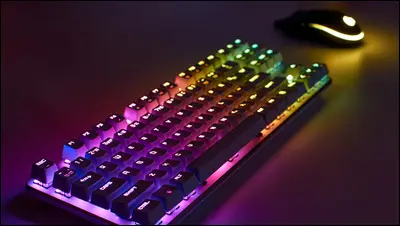Is it your dream to be able to play the 60 mechanical keyboard or piano? Are you undecided as to what size keyboard or piano you should get, and whether the size will really make a difference?
Being able to play the keyboard or piano is such great fun, and it is something that you will never get bored with as there is always a new challenge to master. You may be asking yourself the question as to what type of keyboard or piano to get?
A good place to start with making this decision is to think about the place in which your keyboard/piano is going to sit, and where it will have a permanent home?
It is important to keep your keyboard or piano accessible at all times because if it is hidden away somewhere then it will be easier for you to forget to practice or just to put it off for another day. Obviously sometimes this is not an option, and you may not have the room for a permanent measure. If this is the case then ensure that you set yourself daily reminders to get your keyboard or piano out. Maybe set yourself a challenge to prepare your keyboard or piano everyday as soon as you arrive back from work and get this integrated into your daily routine!
A keyboard can vary in size from a very tiny one which is often used for small children to play, up to a full size keyboard which has 88 keys. Playing on a smaller keyboard will just mean that your hands are closer together, and it can limit you to some songs you can play as you won’t have the full range of keys. Smaller keyboards are great for the beginner who isn’t sure whether they are going to stick at playing, or for young children who may want to tinker around and then discover they have a talent for playing and want to take this further.
If you are thinking of playing keyboard or piano long-term then it is advisable to aim to get a keyboard or piano with the full amount of keys. You can work up to this, as sometimes people are on tight budgets and only have the money for a keyboard with 76 keys for example. This size keyboard is fine and will take you to a moderate level, but once you need to start using more notes that are mainly in the lower bass then it can get a bit confusing at times.
The way around converting pieces of music onto smaller keyboards, is to bring the notes up or down an octave depending on which hand you are playing your music in. If playing a bass section then you will bring the bass closer to middle C, and if it’s a melody section then you will bring this in closer to middle C, but the higher spectrum of the keyboard.



